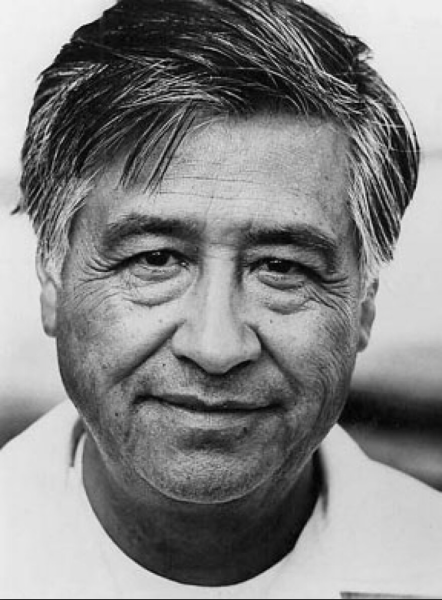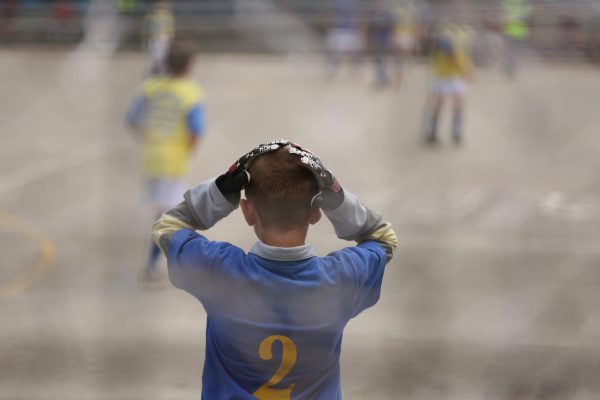The Top 7 Most Important Irish Contributions to Society
What have Irish people created that changed the world?
With the celebration of St. Patrick’s Day, let us be reminded of the contributions the Irish people have made in the world. They are a group rich in faith and tradition, and their work should not go unrecognized.
- Organized Labor Unions
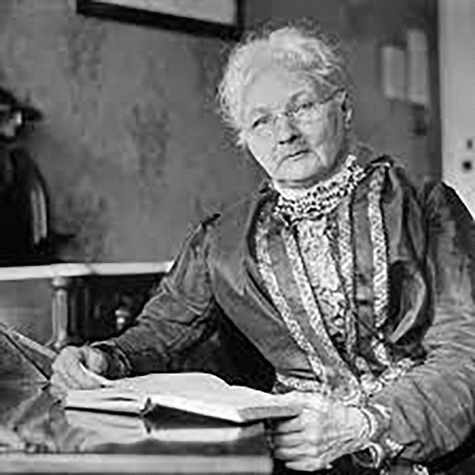
Mary Harris Jones was an Irish labor activist. When she was just 5 years old, she moved to Toronto, Canada with her family. Harris Jones became a teacher and a seamstress in the United States. She then married a miner who was part of the Iron Molders Union. After the yellow fever epidemic, all of her children and her husband died in the 1860s. She then became a seamstress again but lost everything she had in the Great Chicago Fire, 1871. The Knights of Labor meetings brought her comfort and Harris Jones began putting her attention towards labor rights. At the time, 1877, many people’s wages decreased, hours were increased, poor work conditions, and no kind of insurance. The Great Railroad Strike of 1877 was the first strike she organized. The railroad workers had their wages cut for the third time in one year. From there she led hundreds of strikes and wrote two books about labor rights and laws. She became known as Mother Jones. Mother Jones was convicted of conspiracy to commit murder after a violent strike, however many public appeals convinced the governor to reduce her sentence of 20 years. Mary Harris Jones didn’t support women’s suffrage and she even said, “You don’t need a vote to raise hell.” Her beliefs were very traditional in a sense that she thought men should be paid enough for women to be good mothers in the house. Today strikes have continued and our labor rights wouldn’t have gone anywhere without unions. The Affordable Care act now requires employers with over 50 employees to provide health insurance to their employees.
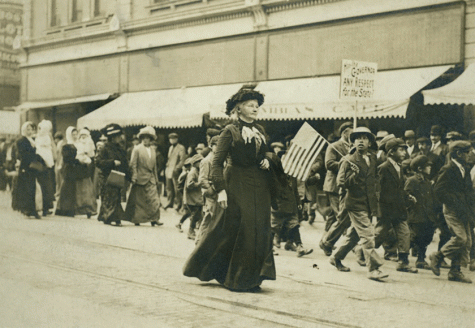
2. Submarine

John Philip Holland created the first modern submarine. His fascination with the sea began with his father being a member of the Coast Guard in Ireland. Throughout school, he developed an interest in ships. Holland sketched a model of the submarine in the late 1850s when he was still a teenager. He left Ireland and went to America in 1872 as there was little interest in developing a functional submarine in Ireland. The U.S. Navy turned down his idea but the Fenian Brotherhood, an Irish rebel organization against Britain, funded John Philip Holland’s project. His first prototype was built by 1878 and it was a one-man submarine. The Fenians gave him more funding and he made a three-man submarine by 1881. It was recognized as “The Fenian Ram.” The U.S. Navy finally accepted a contract with Holland to build a submarine but they made alterations that he predicted would not work. After the failure, he created the Holland VI, a 63 ft submarine named U.S.S. Holland. The submarine has been used to discover the mysterious depths of the ocean and has advanced wars by allowing stealthy land attacks. It also has helped attack opposing countries’ boats to further the country in a war.
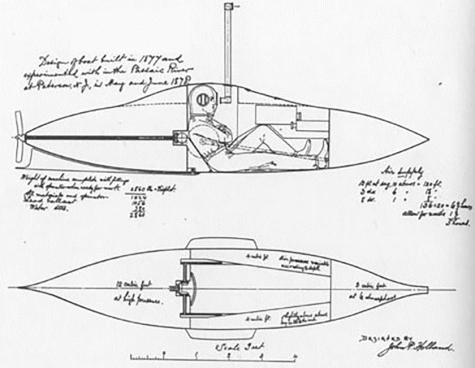
3. Treatment of Cancer
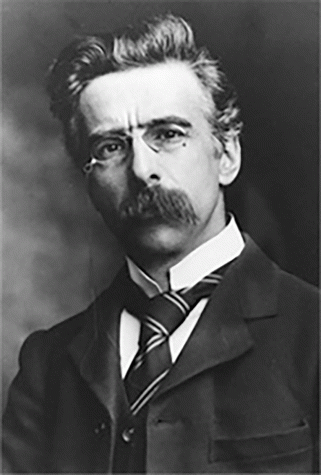
John Joly developed a method of treating cancer by using radiotherapy. It is one of the standard methods for treating cancer used in the modern day. Joly was a physicist and a professor of geology at the University of Dublin. His interest in radiation began with his peers Marie Curie, Pierre Curie, and Wilhelm Conrad Roentgen. Joly predicted that radiation could treat cancer and he began this by supplementing radium bromide to Dr. Walter Stevenson to apply to skin cancer. However, little was known about radiation and how to use it safely. John Joly established The Dublin Radium Institute to further research radiation in 1914. Joly and Stevenson used radioactive radon gas and would inject them into cancerous tumors. The injection of radioactive gas allowed precise control of radiation and this method became known as the “Dublin Method.”
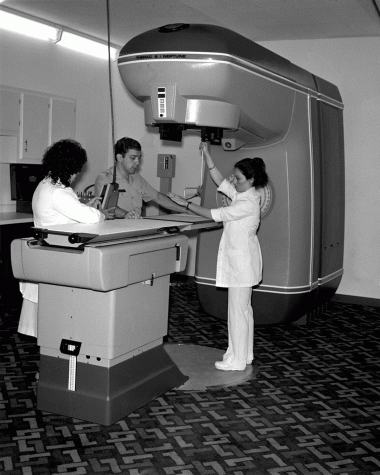
4. Splitting the Atom
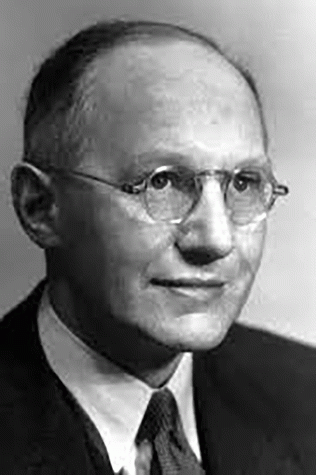
Ernest Walton, an Irish physicist, and John Cockcroft, a British physicist, were the first people to split an atom. Walton studied at Trinity College Dublin and Methodist College Belfast. Walton and Cockcroft created an accelerator to generate a large number of particles using low energy. This allowed more radiation to penetrate a subject. The two physicists used a strong electric field to accelerate protons to high velocities. Walton and Cockcroft conducted an experiment in 1932 that would forever change chemistry. They bombarded lithium atoms with protons that were accelerated to high velocities. This collision caused the lithium atom to split into two helium atoms nuclei, alpha particles. While this invention allowed great levels of energy to be released, this energy can be extremely dangerous. Radiation can quickly become dangerous if too much is uncontrolled and can cause great destruction like what happened in Chernobyl.
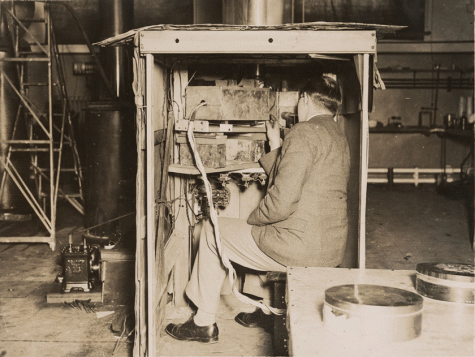
5. Guided Missile
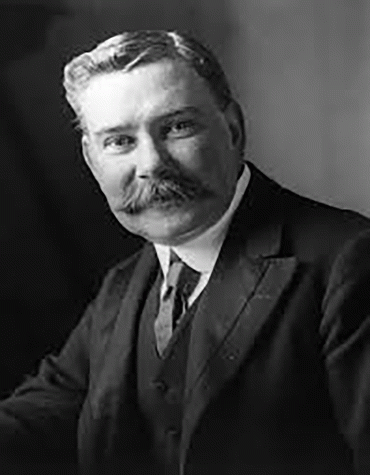
Louis Brennan created the first guided missile. He moved to Melbourne, Australia when he was 9 years old. This engineer became the Mayor of Melbourne. At the age of 22, he came up with the concept of a steerable torpedo. Brennan developed a guided torpedo and received many grants from the government to fund this new idea. In 1887, he moved back to Ireland and began further developing this torpedo and he got a patent for the Brennan Torpedo. The British War Office purchased his patent and it went into production at the Brennan Torpedo Factory. Although the distance was limited due to the string attached to the torpedo, it greatly advanced the British Military. The guided missile has been used to boost the status of several countries in wars.
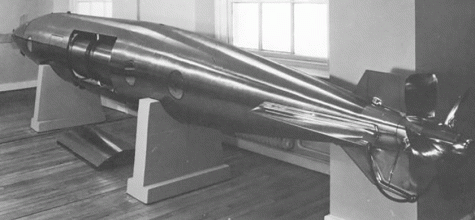
6. Portable Defibrillator
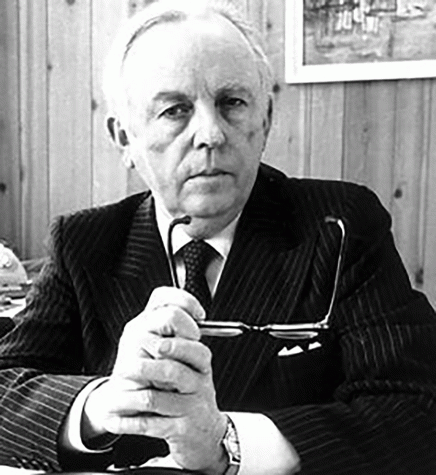
James Francis Pantridge created the very first portable defibrillator, a common item that is placed in many public places such as schools. He was a cardiologist and studied at the University of Michigan. After his studies, Frank Pantridge returned to Ireland and became a cardiac consultant at the Royal Victoria Hospital in Belfast. After the use of CPR became more common, he noticed that many patients needed ventricular fibrillation before arriving at the hospital. To solve this problem, he created the first portable defibrillator with the intent of placing it in an ambulance and installed the very first one in 1965. The first one weighed 70kg, about 154 lbs, and operated off of car batteries. Three years later, he was able to reduce the weight to just 3kg. It is safe to say that his invention saves many lives every day.
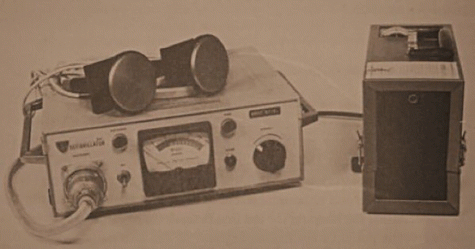
7. Binaural Stethoscope
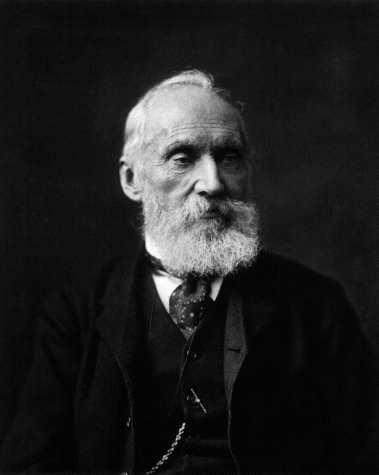
Arthur Leared was an Irish physician who created the first binaural stethoscope. Leared expanded on the idea of hearing perfect sound from a stethoscope. He studied at Trinity College Dublin where he got three different degrees. He studied the sounds of the heart to help detect heart diseases. Leared created the binaural stethoscope using Malaysian rubber that had been recently brought to Europe. It created a tight fit around the ears to allow for the best sound coming from the bell of the stethoscope. It is used all around the world today as a way to measure people’s heart health.
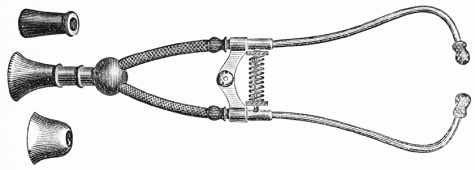

Julia Melville is a sophomore, making her a member of the Class of 2025. She is a new staffer of the Knight Magazine and the Knight Online. Julia has a...

